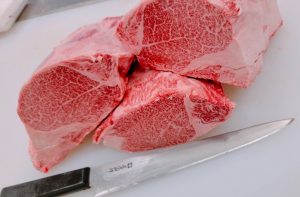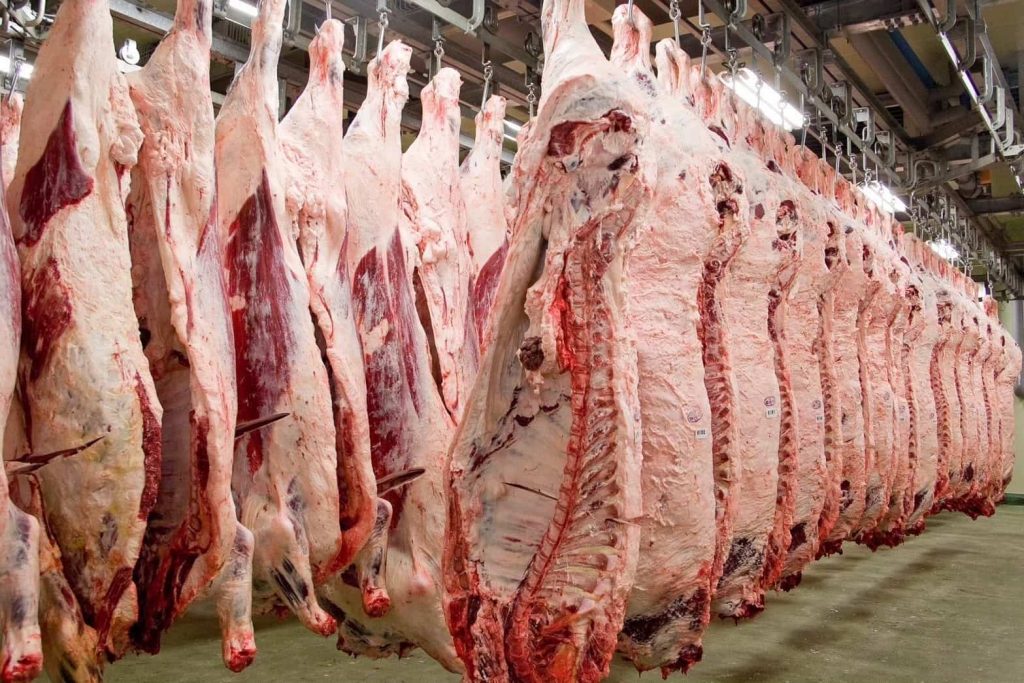

These days, it feels like everywhere you look, you see the words “safe” and “trustworthy” when it comes to food. But if someone asked you to explain exactly what that means, could you?
Most people say:
“Well, food safety means the food we eat is safe and won’t make us sick.”
And that’s correct—but what does it really look like in practice, especially when we’re talking about beef?
Today, I’ll break it down using my experience in the meat industry here in the U.S. We’ll talk about:
By the end, you’ll see these buzzwords in a whole new light.
First, let’s define the two:
Safety comes from regulations. Trust comes from relationships. But they’re deeply connected.
In the United States, beef safety is guaranteed through strict federal regulations. A few examples:
In short: food safety is the legal, non-negotiable baseline. If a company fails here, they’re breaking the law.
Unlike safety, there’s no federal law that defines “trust.” Instead, trust is the relationship between the butcher, grocery store, or brand—and you, the customer.
When I worked at a butcher shop, a customer once told me:
“I feel like I can buy meat here without worrying.”
At the time, I just said “thank you” and moved on. But now I realize: that was the ultimate compliment.
Why did they feel that way? Because every time they came in:
That consistency in safety practices built trust.
Food trust doesn’t exist without food safety. Customers only feel peace of mind if they know the foundation (regulations, inspections, handling standards) is being respected.
That’s why:
Safety is the law. Trust is earned.
The beef industry has faced challenges in the past—from E. coli outbreaks to mislabeling scandals. That’s why today, regulations are stricter than ever.
Most shops and suppliers follow these rules carefully. But, unfortunately, not all do. That’s why it’s smart to:
Do this, and you’ll protect not just your health—but also your confidence every time you sit down to a steak dinner.
So next time you buy beef, don’t just check the expiration date—notice the details. A trustworthy shop shows care in everything, from handling to labeling to customer service.
That’s the real meaning of safe and trustworthy food.